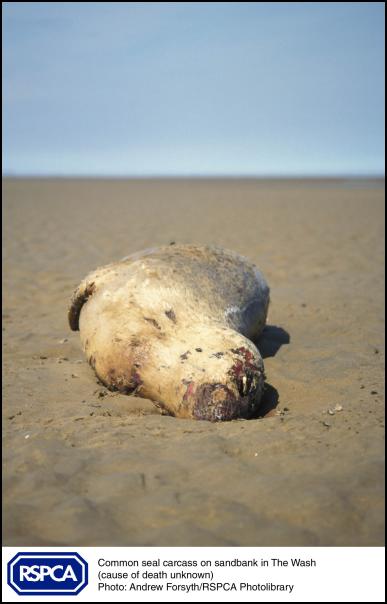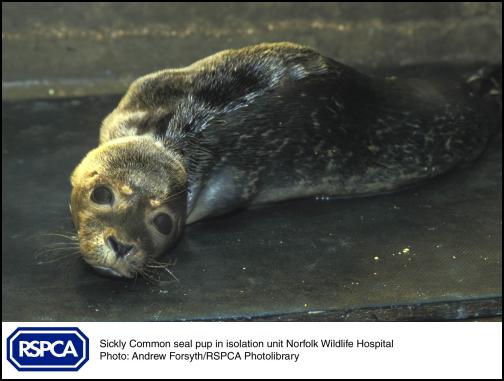Streets Of London: Killer Seal Disease Returns
Killer Seal Disease Returns
The untreatable killer virus that wiped out two-thirds of the UK’s common seals in 1988 has returned to Britain’s shores says the RSPCA. Forty-nine seals have died since mid July. Although some laboratory tests are pending, experts believe the Phocine Distemper Virus (PDV) was responsible for the deaths in the Wash, off the coast of Norfolk and Lincolnshire. Another 44 seals have been treated at the Norfolk Wildlife Hospital, RSPCA spokesperson Beccy Hawkes told Scoop. Staff are on red alert and extra supplies have been brought in.

Photo - Andrew Forsyth/RSPCA photolibrary (UK)
The last outbreak of PDV, which attacks seals’ immune systems, killed 18 000 animals: half of Northern Europe’s seals. This time, to date over 3500 seals have died off the Swedish and Danish coasts and hundreds more off the Wadden Sea in the Netherlands and north-west Germany and off southern Norway, according to scientists at St Andrews university, Scotland. The seals die from infections such as pneumonia. The virus is transmitted similarly to a human cold.
PDV causes considerable suffering. The first symptoms are severe respiratory problems, such as coughing and discharge from the nose and eyes. Seals may also suffer from disorientation, vomiting and diarrhoea. Unable to move, they can’t dive for food and die a painful death unless assisted. The RSPCA is doing its utmost to help these animals through the crisis and ensure they suffer as little as possible, says Beccy.

Photo - Andrew Forsyth/RSPCA photolibrary (UK)
‘We hope it is not as disastrous as last time but it’s a vicious virus. There is no treatment for PDV and no prevention for animals in the wild. Vaccination is not only difficult to implement but could cause more harm than good,’ says Norfolk Wildlife Hospital veterinary manager Ian Robinson.
The reason for the reappearance of PDV, which can also be passed onto dogs, is unknown. The outbreak reportedly started in Anholt Island, off the east coast of Denmark.
The wildlife hospital, the UK’s largest seal treatment centre, was set up in response to the 1988 pandemic. PDV appears not to kill anywhere near as many grey seals (the most common type in Britain) as common ones.
- Malcolm Aitken is a freelance journalist based in London, England. He can be contacted at MTFAitken@aol.com


 Keith Rankin: Make Deficits Great Again - Maintaining A Pragmatic Balance
Keith Rankin: Make Deficits Great Again - Maintaining A Pragmatic Balance Richard S. Ehrlich: China's Great Wall & Egypt's Pyramids
Richard S. Ehrlich: China's Great Wall & Egypt's Pyramids Gordon Campbell: On Surviving Trump’s Trip To La La Land
Gordon Campbell: On Surviving Trump’s Trip To La La Land Ramzy Baroud: Famine In Gaza - Will We Continue To Watch As Gaza Starves To Death?
Ramzy Baroud: Famine In Gaza - Will We Continue To Watch As Gaza Starves To Death? Peter Dunne: Dunne's Weekly - A Government Backbencher's Lot Not Always A Happy One
Peter Dunne: Dunne's Weekly - A Government Backbencher's Lot Not Always A Happy One Richard S. Ehrlich: Cyber-Spying 'From Lhasa To London' & Tibet Flexing
Richard S. Ehrlich: Cyber-Spying 'From Lhasa To London' & Tibet Flexing